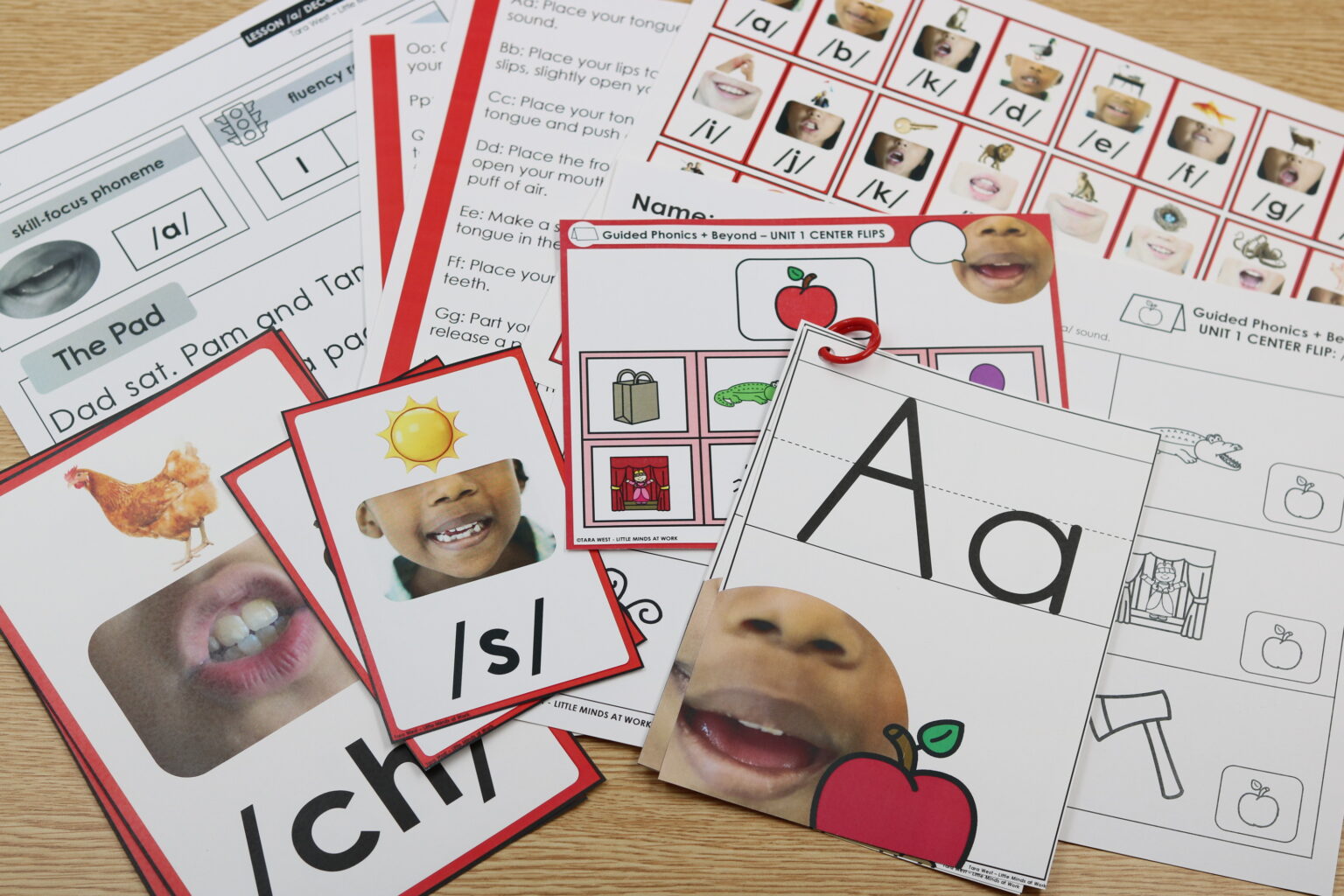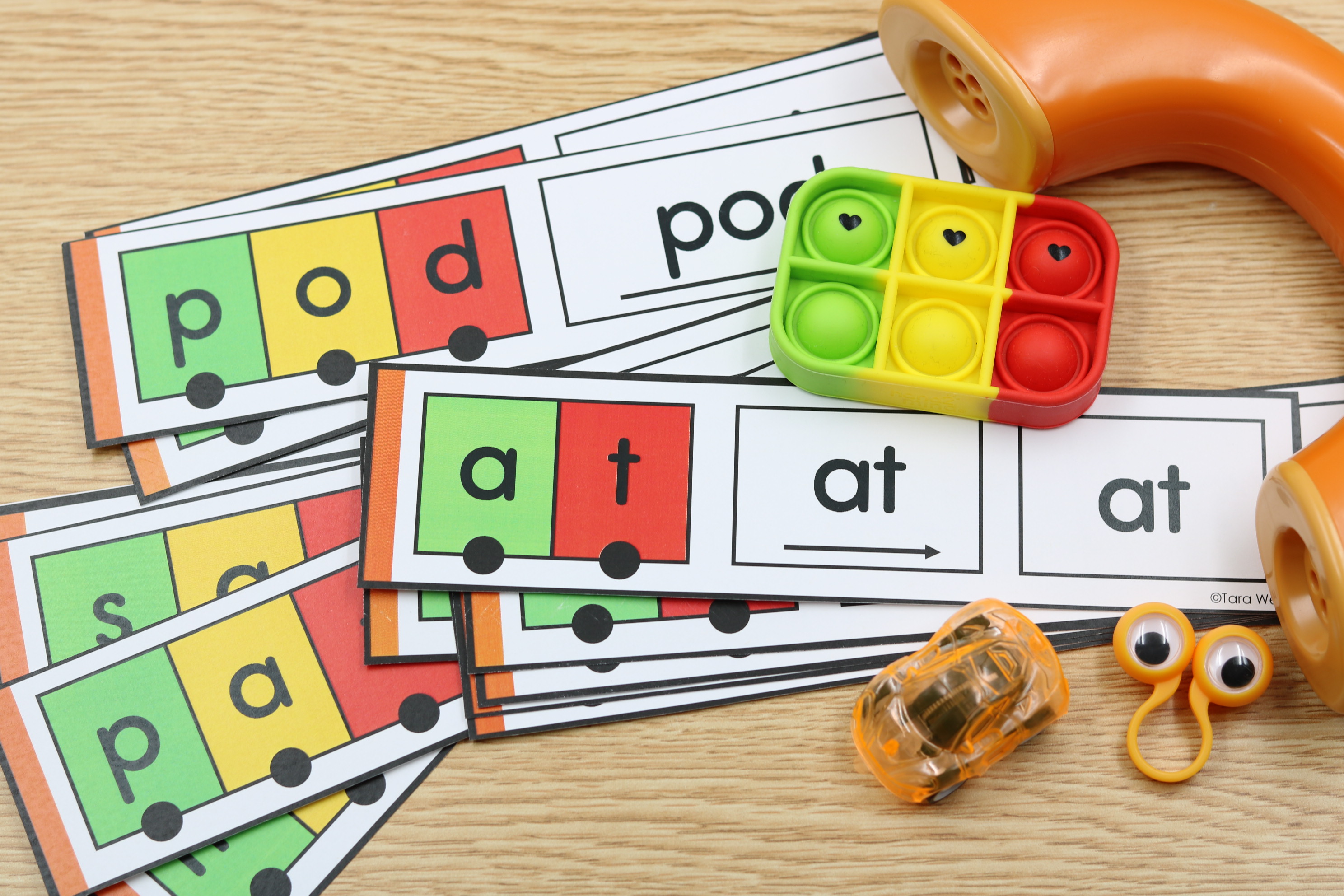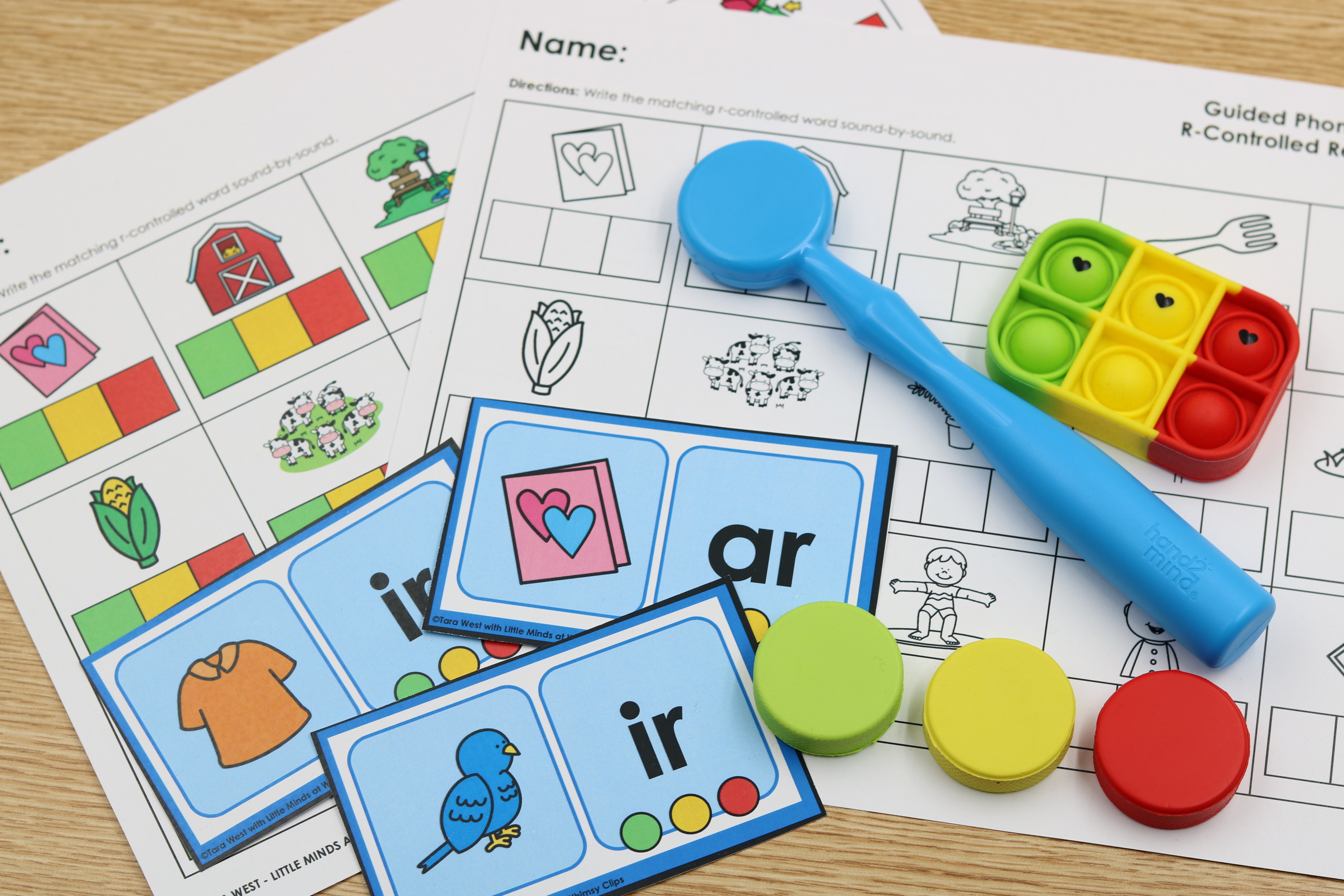We are here to chat mouth formation. In the realm of phonics education, the science of reading has emerged as a guiding force, providing evidence-based insights into how individuals acquire and master the skill of reading. One key aspect of this approach is the emphasis on teaching mouth formation. In this blog post, we’ll dive into the impact a strong emphasis on mouth formation in your lessons can make and the best practices for implementing mouth formation seamlessly in your already busy schedule.
But first, I have something exciting to share. This post is my first blogio. What is a blogio? It’s embedded audio in my post. Click below to listen to a quick 10-minute audio version of me explaining the post. This is great for those with a busy schedule. Be sure to scroll beyond the audio to access your free downloads.
Importance of Mouth Formation
Tara West
Read below to access a detailed explanation of the importance mouth formation plays in both phonemic awareness and phonics. Read on further to see how you can implement the work directly into your lessons. This post offers you 6 free downloads to access, allowing you the opportunity to quick-turn these best practices into your lessons.
In the audio above you heard me mention this quick-reference guide for the mouth placements. This comprehensive lists provides you with explicit scripts for all common phonemes /a/ to /z/. Use these scripts during your modeling of the proper formation. It’s crucial that students hear this direct language. Access HERE.
The Importance of Mouth Formation
The formation of the mouth is crucial in a science of reading classroom for several reasons, all of which contribute to effective phonics and phonemic awareness instruction.
MOUTH FORMATION
THE IMPORTANCE IT PLAYS IN PHONICS AND PHONEMEIC AWARENESS
1. Phonemic Awareness
Phoneme Identification: Understanding how different sounds (phonemes) are produced by the mouth helps students identify and distinguish these sounds. This is foundational for decoding words.
Sound Blending and Segmenting: Knowledge of mouth formation aids in blending sounds together to form words and segmenting words into individual sounds, which are key skills in early reading.
Proper mouth formation aids in clear articulation of sounds. Students learn how to position their lips, tongue, and vocal cords to produce accurate and distinct sounds associated with different letters. This is essential for developing clear and intelligible speech. Have a visual for students by using these free cards.
2. Phonics Instruction
Sound-Symbol Correspondence: Knowing how to form sounds correctly with the mouth helps students link these sounds to their corresponding letters or letter combinations.
Decoding Skills: Accurate mouth formation supports the decoding process, where students read words by sounding them out.
This free download offers over 75 mouth formation letter cards that are designed to help students visualize and understand how to form each letter sound. The cards can be used for flashcards and word blending/decoding. Access the free download HERE.
3. Speech Development
Articulation: Correct mouth formation is essential for clear articulation of sounds, which is important for both speaking and reading aloud. This clarity aids in reinforcing phonemic awareness.
Fluency: Proper mouth formation contributes to fluent reading, as it ensures smooth and correct pronunciation of words.
4. Spelling and Writing
Word Mapping: Understanding how sounds are formed helps students spell words correctly. They can map sounds to their written forms more effectively.
Dictation: During dictation exercises, knowing how to form sounds helps students accurately write the sounds they hear.
5. Reading Comprehension
Automaticity: When students can quickly and correctly form sounds, they can read more fluently, freeing up cognitive resources to focus on comprehension.
Word Recognition: Proper mouth formation aids in the quick recognition of words, improving overall reading speed and comprehension.
Access This Free Set of “Big 5” Comprehension Passages
This free download offers 10 phonics-based passages. Students will cover the science of reading “Big 5” – all embedded into one sheet including: a focus phoneme, phonics passage, fluency reading prompts, comprehension, and vocabulary. Utilize these sheets during your whole-group or small-group phonics blocks.
The packet embeds proper mouth images or “real-mouths” on each piece which is a crucial building block for students connecting phonemes to graphemes. Click on the image below to download the free download or HERE.
6. Differentiated Instruction
Speech Therapy Integration: For students with speech and language difficulties, understanding mouth formation allows teachers to integrate speech therapy techniques into reading instruction.
Multisensory Learning: Incorporating visual (seeing mouth formation), auditory (hearing sounds), and kinesthetic (feeling mouth movements) elements supports diverse learning styles and needs.
MOUTH FORMATION
implementation ideas and best practices
Practical Strategies for Teaching Mouth Formation
Modeling: Teachers should explicitly model mouth movements when teaching new sounds.
Mirrors: Using mirrors can help students observe and practice their own mouth movements.
Phoneme Cards: Visual aids showing mouth positions for different sounds can reinforce learning.
Interactive Activities: Games and activities that focus on sound production can make learning engaging and effective.
Repetition and Practice: Consistent practice with feedback helps students master correct mouth formations.
These posters can be used as your designated classroom visual alphabet strip that is displayed for students to access or for instructional purposes. You can print the posters 6-to-1 sheet, 4-to-1 sheet, or 2-to-1 sheet to use them as smaller posters or flashcards. Access the free download HERE.
Conclusion
Mouth formation is a fundamental aspect of phonemic awareness and phonics, which are core components of the science of reading. By focusing on how sounds are produced, teachers can enhance students’ reading abilities, leading to better outcomes in fluency, spelling, and comprehension. This holistic approach ensures that students build a strong foundation for all aspects of literacy.
Access two additional mouth formation based free resources by clicking below.
In kindergarten and first grade classrooms, where the foundational skills for reading are established, emphasizing mouth formation is particularly crucial for setting young learners on a path to literacy success.
If in need, check out these additional TpT resources that embed mouth formation imagery on each page. Click below to access.
Thanks so much for reading and exploring more about mouth formation. Reach out with any questions.
Tara West – Little Minds at Work
littlemindsatworkLLC(at)gmail.com

















